Looking for an easy-to-use, flexible, engaging, faith-based science curriculum for your homeschool? Check out the By Design series from Kendall Hunt RPD!
With multiple children to homeschool, I am always on the lookout for curriculum choices that are flexible and easy for me to use while also having engaging, Bible-based content for my kids. If you feel the same way, keep reading! This science curriculum may just be exactly what you are looking for!
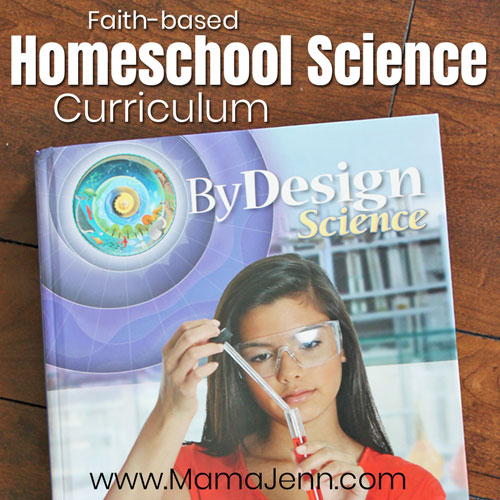
About By Design Science
By Design Science is a innovative science curriculum for grades 1-8. The creators designed the program to meet top academic standards while maintaining core Biblical values and teachings.
It focuses on the users’ experience so that all elements of the design invite, engage, instruct, and motivate students and teachers to continue learning and building their science knowledge, as well as strengthen their connections with their Creator.
The curriculum promotes inquiry-based learning through the use of a 5-step instructional model. It not only stimulates a natural desire for knowledge, but it also provides a better understanding of God’s creation.
By Design’s 5-step Instructional Model:
Engage: The curriculum captures the student’s attention by a question that relates to the concepts that are being introduced, thus sparking the student’s interest. This allows for the parent/teacher to determine prior knowledge and focus the student’s attention on the content of the upcoming lesson.
Discover: The student participates in one or more activities to explore the concept. This is beneficial because students tend to learn more by performing investigations using hands-on activities and scientific methods.
Explain: Through the guidance of the parent/teacher, the student builds their own explanation of a major idea. The student reads the content and interacts to develop scientific literacy.
Extend: The student extends and builds on their understanding of the concepts by applying the content to other subject areas in order to develop greater depth of knowledge.
Assess/Reflect: The student completes an activity that will help them and the parent/teacher evaluate their comprehension and understanding of the concept presented.
Faith-based Learning
By Design Science is a wonderful academic science program. But, when it comes to instilling Biblical values, it is equally wonderful!
The creators of the curriculum understand that “homeschooling is a lifestyle and is interwoven into all aspects of daily life.” With By Design Science, the student is not only learning about the creation, they are learning about the Creator!
I love how the lessons bring light to God’s Word and how it can be applied to the student’s life. The curriculum is made to “provide moral connections that strengthen the development of the whole child.”
See a sample page below from the Student Journal, which incorporates a “Faith Connection” as well as practical ways to apply the lesson via a “Home Connection.”
The student uses their Bible to look up verses related to the content to enrich and guide their spiritual development! Plus, there are ways to incorporate what they are learning at home with their family.
Easy to Use Science Curriculum
This curriculum truly is easy for the parent to use! And, with multiple kids to teach, I LOVE when things are easy for the teacher! What makes this curriculum so easy is that it is flexible and structurally organized.
First off, the flexibility. You and your student can progress at your own pace. Sick and need to take a week off? No problem! Just pick up where you left off!
But, what I love the most is the organization. Y’all, when things are laid out in a well-organized, easy-to-follow manner, my heart sings! And my heart started singing when I realized just how well-laid out the Level 8 By Design Science curriculum actually is! Take a look at this:
Do you see what I see? The pages in the textbook correspond with the colors of the student journals. The green journal and the green pages in the text are all about life science. The purple journal and the purple pages in the textbook are all about the human body.
Likewise, blue is about earth and space science while orange is all about physical science. I don’t know what it is, but the color-coded journals and corresponding textbook pages just make me so happy! Definitely organization at it finest!
Engaging (but Compact) Student Journals
Finally, I want to expound on the student journals that coordinate with the textbook. You already know that I love the color-coding, but I also love that there are four separate student journals that go with our Level 8 curriculum. In other curricula, the student journal is one big, gigantic phone book style spiral binder.
Not these journals! They are compact, which makes it easy to travel with and take on the go…because, you know, not all homeschoolers school solely at home!
Plus, the pages of the journals are perfect bound rather than spiral bound. So, pages are less likely to accidentally get ripped out. Yep, it’s the little things!
The student journals provide a great way for students to look back on the progress and depth of their knowledge. Each journal begins with a letter to the student and a lifestyle change that the student is encouraged to adopt relating to the content.
The units within the journals include an engaging kick-off inquiry, structured and guided inquiries (experiments, projects, and activities related to the content of the corresponding text), faith and home applications, and a chapter review.
The student journals may seem small, but they pack a lot of punch! You will be amazed at the amount of learning and discovery that will be documented within the student journals. Plus, the “inquiries” are fun, hands-on activities that will get your student thinking!
Curious? Want to see some samples?
Have I sparked your curiosity? Are you staring to think that By Design Science might just be the homeschool science curriculum you have been searching for? Well, be sure to not only read more on their website, but also check out their digital brochure!
This post was originally published on May 7, 2020.

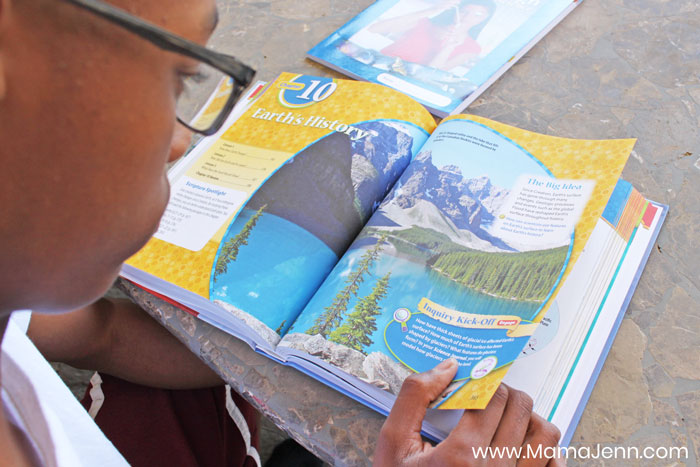
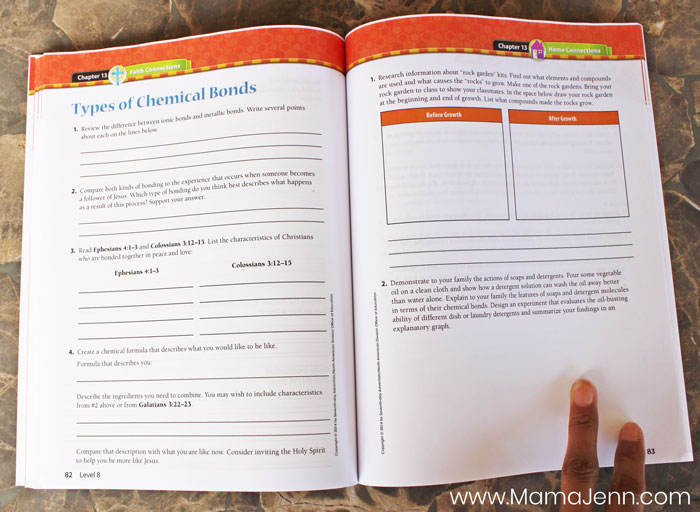
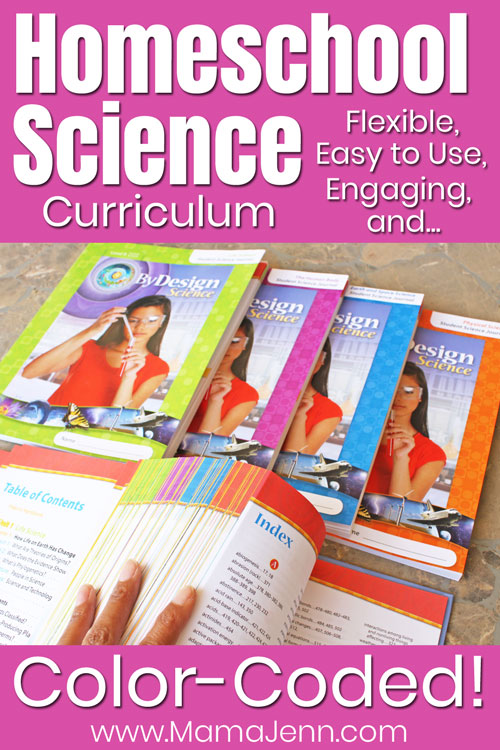
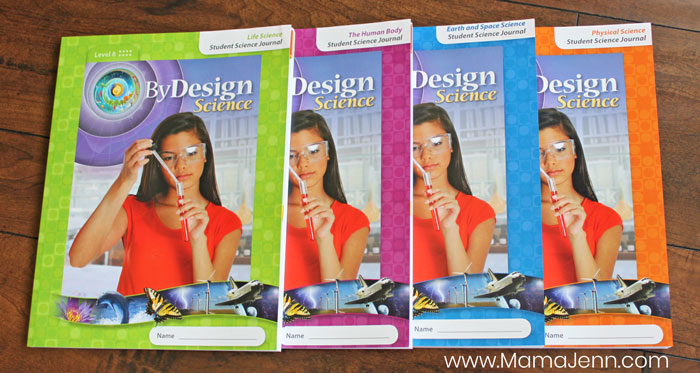
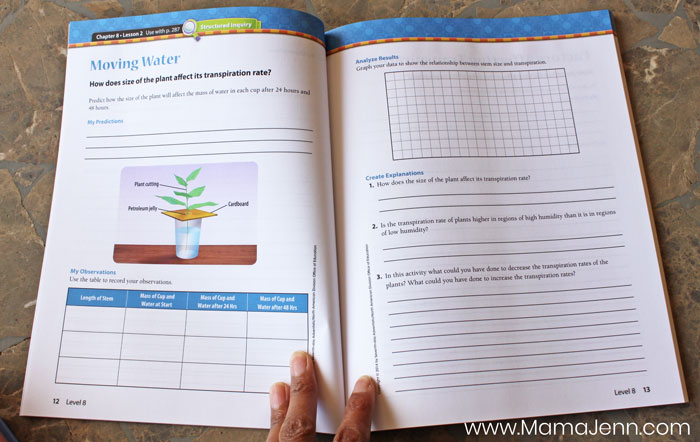
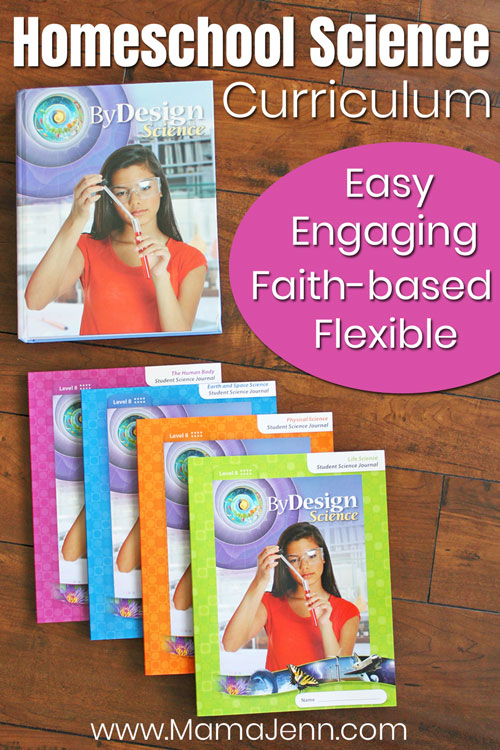
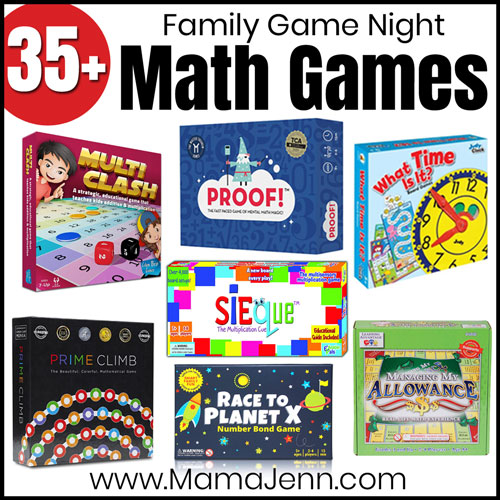 Math Games for Family Game Night
Math Games for Family Game Night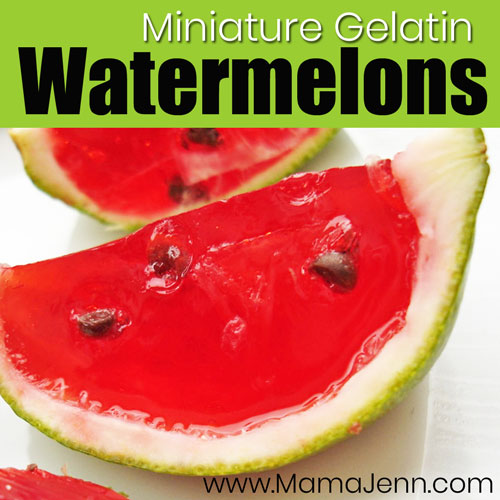
Leave a Reply